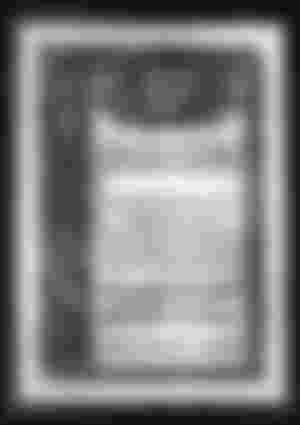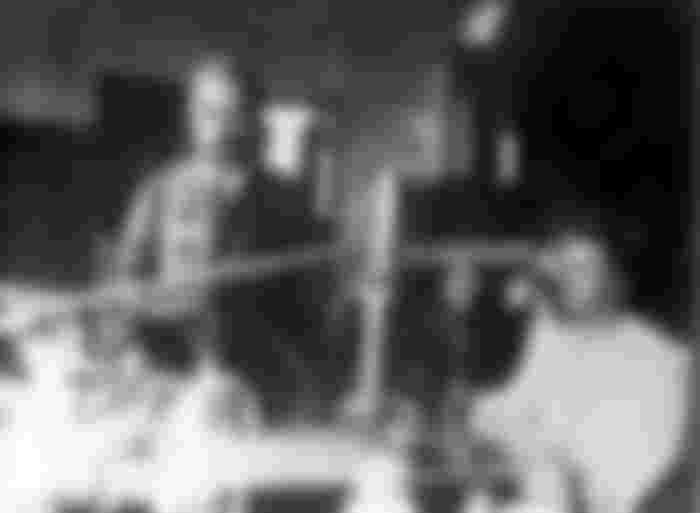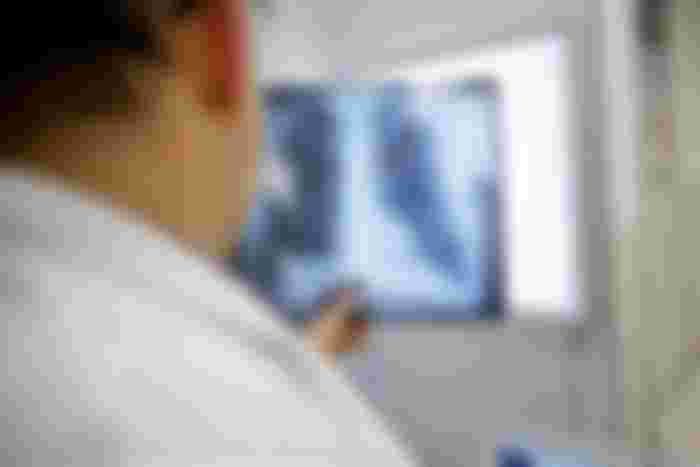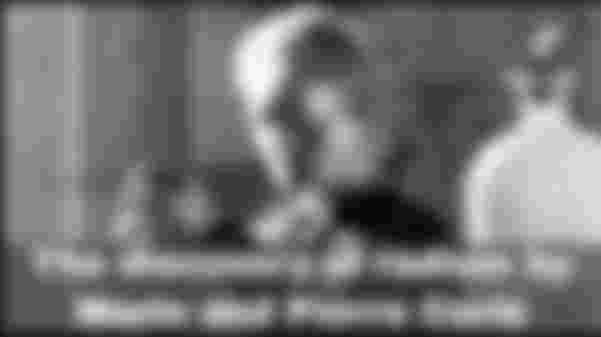She was born as Marija Sklodowska on November 7, 1867 in Warsaw, and her father was a distinguished professor. She received her primary education in local schools, while her father taught her science and scientific research on his own.
She quickly became a member of the student revolutionary organization, which is why she felt that she should leave Warsaw, which was then under Russian rule, and for a short period she went to Krakow, which was dominated by Austria.
He moved to Paris in 1891, where he enrolled in the study of physics and mathematics at the Sorbonne University. There, in 1894, she met Pierre Curie, a professor at the Department of Physics, whom she married the following year. The marriage, which Maria cautiously accepted, grew into a strong, but peaceful and stable love affair. She felt that they understood each other without a single spoken word. She wrote to her sister Broni that she married the most wonderful man in the world. Unfortunately, Pierre's life ended in 1906 when he was run over by a horse-drawn carriage. Maria took his place as a professor at the Department of Physics, and thus became the first woman to teach at the Sorbonne.

Early research by Maria and Pierre was conducted in difficult conditions. Namely, the laboratory in which they worked was in poor condition and required a lot of remodeling, and at the same time they both had to hold classes to earn a living, which made their work even more difficult.

Mary's desire to isolate pure uranium took on mythical proportions. Ms. Curie has worked hard for years, with no money, no help, exposed to ridicule and contempt from fellow scientists to isolate pure radium salts and use them to find a cure for cancer. In July 1898, the young couple announced the discovery of a new chemical element, polonium. At the end of the year, they discovered another "radium". They were also engaged in the research of radioactivity.

Her research was of crucial importance for the development of x-rays, ie. X-rays, which are used in surgery. During World War I, Maria was credited with bringing X-ray equipment to hospitals. The International Red Cross placed her at the head of its radiology center, and she was also in charge of teaching nurses and reprimanding the new technique.

Building on the work of the German physicist X-ray and the French physicist Becquerel. Mary and Pierre, along with Becquerel, received the Nobel Prize in Physics in 1903. Dedicated to the work she began with Pierre, in 1911 she was awarded the Nobel Prize in Chemistry to extract elemental radon.

The Nobel Prize Committee did not want Maria to receive the award because she was a woman.
And yet, Maria Curie is the only person to have won the Nobel Prize for multiple sciences.
And in the end, her scientific work was the cause of her death.
She died on July 4, 1934, from leukemia caused by exposure to high levels of radiation during her research.
To this day, she remains the only woman to have won the Nobel Prize twice.





Well done. I love to be heard and known about famous women who have been discriminated against in some way precisely because they are women. It is sad that she dedicated her whole life to science and died due to exposure to harmful rays, and she could not cure herself. Thanks for the wonderful article.